We all remember avoiding eye contact with a teacher when we didn’t know the answer to a question or understand a topic. Maybe we weren’t trying hard enough, right? Wrong. More often than not, when children are not able to grasp a concept, they try to avoid the class or the teacher. The teachers also view this as a shortfall on student’s part, labelling them as mischievous, silly or even lazy rather than paying more attention to them. This creates a serious gap in learning levels of children leading them to draw in a shell, lose interest and confidence, and even drop out of school.
This is what P&G Shiksha, the flagship CSR program of Proctor & Gamble India, is focussing on. They term this as the ‘Invisible Gap’ which affects nearly six crore children. Since its inception in 2005, P&G Shiksha has reached thousands of schools, impacting over 35 lakh children. They are working on implementing unique and innovative programs to strengthen children’s learning environment, minimize learning gaps and improving learning outcomes.
In this interview with TheCSRUniverse, Ms Enakshee Deva, Head, Corporate Communication and Corporate Social Responsibility at Procter & Gamble India, talks about their recently launched campaign around the Invisible Gap, the seriousness of the issue and their emphasis on awareness and collective action to overcome it. She also discusses their interventions pertaining to digital remedial learning, community remedial learning and early childhood education.
Scroll down to understand what the Invisible Gap is and how to help children who are falling behind because of it:
Q. P&G Shiksha recently launched a campaign around bridging the “Invisible Gap”. Is the invisible gap different from normal learning gaps? If so, how?
A. ‘Invisible gap’ is how we are attempting to spotlight the learning gaps among children. This helps draw the attention to the ‘invisible’ nature of learning gaps, and the onus therefore that lies with stakeholders to identify and bridge these gaps. Many times, children struggle to keep up with what is being taught in class.
One concept, one subject, one class, can give way to a larger issue where the child develops a gap in the fundamentals of education. When the child falls behind and the current learning level is not in line with the expected learning level as per the defined curriculum, it gives rise to what we call, a Learning Gap. Some ways in which the #InvisibleGap manifests are:
- Excuses to skip school
- Lack of participation in class discussions/activities
- Fear of expression/Inability to express how they feel
- Below par performance in tests and exams
- Being distracted and hiding away when probed in class or at home
These indicators are often misunderstood as the child being naughty, undisciplined, disinterested etc. This leads to the symptoms only widening due to a lack of understanding and support. The misconceptions often stem from a lack of awareness and understanding of the invisible gap.
Q. What are the main components of this campaign and what outcomes do you expect from it?
A. This year, by bringing forth an inspiring story of Bindiya, a young girl who is impacted by this invisible gap and struggles to cope in the classroom, P&G Shiksha is shining a spotlight on the pertinent issue of invisible learning gaps and the different ways in which it manifests. This invisible learning gap is often misunderstood as the child not being serious, or silly naughtiness, or fear. If not addressed, this gap widens and eventually leads to many children either dropping out of school or facing challenges in the later stages of life.
The struggles that Bindiya faced in terms of coping with her learning difficulties are something we can all empathize with. We have experienced this – whether during our own school years, or someone around us. All of us would remember hiding or trying our best to not make eye contact with the teacher when a question has been asked.
Like Bindiya, 6 crore children feel left behind in class and experience a learning gap. This has led to a ‘learning crisis’ in India, where access to education has drastically improved, but learning outcomes have not. Our aim this year is to make this #InvisibleGap visible, by creating awareness and urging meaningful action. P&G is working with its partners to bridge this #InvisibleGap. With this thought-provoking film, we seek to highlight the need for collective action to ensure that every child in India receives an education that empowers them to build a better future for themselves and their communities. To bridge the #InvisibleGap, we are addressing this with a three-pronged approach:
- Creating awareness: This is the first mainstream campaign that talks about the issue of learning gaps.
- Tackling the issue on ground: P&G Shiksha is implementing innovative methods to minimize learning gaps and improve learning outcomes through on-ground remedial learning interventions, early childhood education and technology-based digital remedial learning. All these interventions are aimed at working with children at a pace convenient to them, so that they can come up to speed with the curriculum in their class
- Urging for collective action: While P&G Shiksha is driving these interventions on ground, we also seek to urge everyone to take collective action. You can do your bit by taking the assessment test on our website, to identify learning gaps in children around you, and take remedial measures to bridge it
Q. Could you discuss some of your interventions in remedial learning, particularly digital remedial learning?
A. Several reports in recent years have indicated that while there has been a remarkable increase in school enrolments, there are significant gaps that have emerged in the learning outcomes. Moreover, the pandemic has further induced learning disruptions which have aggravated these gaps.
P&G Shiksha, the flagship CSR program of P&G India, started in 2005, with the intention of building schools to provide access to education to underprivileged children. As the country progressed, Shiksha evolved into a 360-degree holistic program that aims to – a) improve learning outcomes in children; b) strengthen educational infrastructure and; c) empower marginalized communities through education. Over 18 years, P&G Shiksha has reached thousands of schools, impacting over 35 lakh children.
We are partnering with reputed NGOs with a focus on implementing unique and innovative programs for education. We are working to strengthen children’s learning environment, minimize learning gaps and improve learning outcomes in children through on-ground remedial learning interventions, early childhood education and technology-based digital remedial learning which are discussed below:
- Community Remedial Learning: P&G Shiksha is implementing innovative methods to minimize these learning gaps and improve learning outcomes through on-ground remedial learning interventions in partnership with Pratham Education Foundation, by using a community based and an ‘in-school’ model, together with the support of trained volunteers from within the community and teachers at school. Through our remedial learning programs, we are working towards bridging learning gaps in children with a two-fold objective: a to set them up for fast-paced growth in school; b) to strengthen their conceptual understanding of essential subjects. Last year, at the end of the intervention, more than 70% of students were able to read as per their expected learning levels compared to less than 25% at the beginning of the intervention.
- Digital Remedial Learning: We are also leveraging technology to improve learning outcomes in children. We are partnering with Educational Initiatives and are implementing ‘Mindspark’, a computer-based adaptive learning tool to remediate learning gaps in students. The tool integrates pedagogy, teacher instruction and a learning management system to assess a student’s learning level and develop a customized learning path for each one of them.
- Early Childhood Education Program in partnership with Pratham Education Foundation, focusing on developing motor, cognitive, social-emotional, language and creative skills in children, thereby setting them up for a strong start as they begin their education journey.
Q. How do you assess the impact of the abovementioned interventions? Are the post-tests done immediately after the interventions or are there periodic assessments on the control and experiment groups?
A. We are constantly monitoring and evaluating our programs to identify any opportunities, and also to ascertain which aspects of the programs need to be retained. Our diverse on-ground programs are evaluated in different ways, as conducive and relevant to the particular problem and community we seek to impact.
Taking an example, our digital remedial program is executed via a tool called Mindspark. ‘Mindspark’ helps in minimizing this learning gap in children and bringing their learning levels at par with their grade. The tool integrates pedagogy, teacher instruction and a learning management system to assess a student’s learning level and develop a customized learning path for each one of them. This tool enables us to track progress of the child individually, as well as on a class, community, and national level, as needed. We measure learning levels at the start of the academic year via a baseline test, following it up with an endline test at the end of the academic year to ascertain the delta. Apart from this, the teachers and instructors continue to monitor progress on a daily, weekly, and monthly level, stepping in to further support the child on concepts of subjects where they need additional assistance.
Q. P&G Shiksha began its journey in 2005. What were the major challenges you came across back then and what are the most pressing challenges you face today with respect to your work?
A. Over the last 18 years, generations of great leaders in P&G have worked tirelessly to make P&G Shiksha what it is today. It is a matter of great pride for me to be able to take this work forward and contribute to the impact that the Program has been creating on ground.
While we started P&G Shiksha in 2005 as a Force For Good to give back to the communities we operate in, it soon transformed into our flagship CSR program. As I mentioned earlier, when we started back in 2005, the need of the hour was building more schools and creating access to education. Therefore, our focus was on infrastructural interventions. Over the years, as the country saw access to education being largely solved for,- P&G Shiksha continued to evolve with the dynamic landscape. Today, P&G Shiksha has transformed into a holistic education program aiming to improve children's learning outcomes by strengthening educational infrastructure, remediating learning gaps, and empowering marginalized groups through education.
Shiksha has been an ongoing journey, but our determination to keep doing what is best for the child has enabled us and our partners to be solution oriented and navigated anything that came our way. Most recently, the pandemic posted significant barriers for us to continue the usual way of running our programs:
- India witnessed the 2nd longest school closures in the world. This meant we could not reach students in the most natural ecosystem and in ways we were accustomed to
- Movement restrictions meant our volunteers could not reach and engage with the communities as per usual
- While the world moved to online classes, the students enrolled in our programs come from households where this luxury was not afforded. This meant this natural transition did not hold true for them
- Education was no longer the most important thing in the parents’ mind, it was all about health and safety, and rightfully so
In this context, the teams on ground had to not just ensure the child stays interested in education, but also continue their learning journey. This meant mobilizing communities, teaching them how to use mobile phones, create online connections, bringing in volunteers from within the communities, and getting children finally onboarded on digital / hybrid mediums.
It has been inspiring to see how all our partners and their teams came together to help the communities navigate the pandemic, while ensuring the children continue to learn, albeit in different ways. We got very creative as well. Stairs in the house or the spokes of a cycle tyre became means for counting exercises, household material like peas, beads, clay and lentils became learning tools. Textual content took form of SMS, Whatsapp videos, exercises to make it accessible. Parents got involved unlike ever before. And, we came out stronger with a much better understanding and more solutions up our sleeves to help children in a way that works for them.
At the end, it is this spirit that makes P&G Shiksha a success.
Q. What do you consider to be P&G Shiksha’s biggest achievements in the last five years?
A. At P&G, our endeavour is to be a Force For Growth and a Force For Good in the communities we serve and to touch and improve people's lives. This is naturally woven into the way we work every day. We launched our flagship CSR program ‘P&G Shiksha’ in 2005 with the vision of providing means to education for underprivileged children in the country. As the country evolved, P&G Shiksha also evolved into a 360-degree holistic education initiative targeting communities across the country, aiming to improve children's learning outcomes by strengthening educational infrastructure, remediating learning gaps, and empowering marginalized groups through education. Our initiatives are in line with the motto outlined in the New Education Policy – Educate, Encourage, Enlighten!
It is the consistency and long-term vision that has enabled us to support more than 3000 schools impacting over 35 lakh children in need. Heartening stories of impact from the communities also continue to drive us. We have seen the multiplier effect truly come to life. Last year, we showcased the true story of Sushila, one of the children from a Shiksha supported school who is now working as a teacher in a Shiksha-supported school, helped pass on the light to hundreds of children.
Q. How has the NGO-Corporate relationship evolved over the past years? What are decisive factors involved when you are choosing your implementation partners?
A. As the CSR guidelines evolve, there is a need to strengthen the NGO-corporate partnerships. Synchronized strategic vision, genuine on-ground impact, long-term commitment, and 100% compliant track record are some of the factors we look at. Our current implementation partners, Round Table India, Pratham, Education Initiatives, Centre for Civil Society, and Save the Children, have all been long standing partners.
Q. In your opinion, what are the most significant shifts that have taken place in school education over the years?
A. In 2005, when P&G Shiksha was introduced, it focused its initiatives in line with the Government’s initiative of – Sarva Shiksha Abhiyan, which aimed at building and enhancing physical infrastructure to increase enrolment at schools across the country. The immediate need of the hour was to provide access to education to more and more children in the country.
Over the years, as the country evolved, the ASER report in 2014 highlighted significant improvement in school facilities - pupil teacher ratios, playgrounds, kitchen sheds, drinking water facilities, toilets among others. Further, the report indicated that for the sixth year in a row then the enrolment levels in schools remained at 96% or higher for the age group of 6 to 14. However, it highlighted a new emerging issue of poor learning outcomes. ASER 2014 said that in standard three, only a fourth of all children could read a standard two text fluently. The number then rose to just under half in standard five. It also claimed that even in standard eight, only 75% can read standard two texts. Further, it highlighted that Mathematics continued to be a big stumbling block. Only 25.3% of children of standard three could do two-digit subtractions, and so on.
This, I believe was a huge turning point in the educational landscape of the country, where various policies and efforts pivoted their focus from just increasing enrolment at schools, to improving learning outcomes. In fact, this is where P&G Shiksha also followed suit and evolved into a 360-degree holistic education program that it is today.
Today, as India sprints through the techade, the need for equitable education and enhancing the quality of learning outcomes has taken center stage. This truly demonstrates the dedicated focus and efforts of all stakeholders towards equitable learning for all.



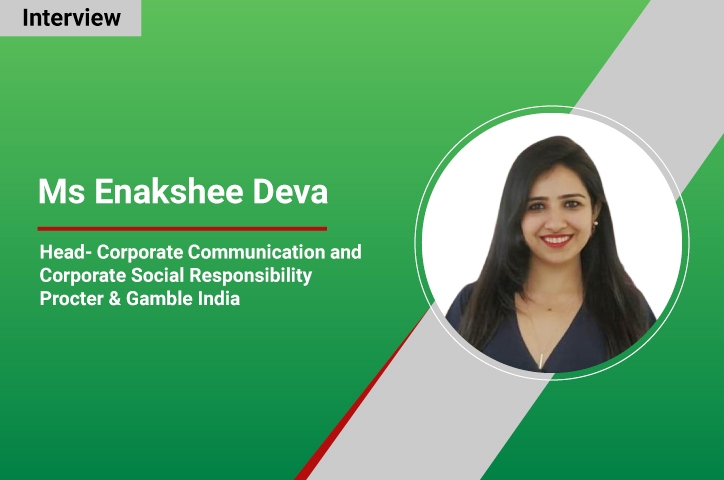
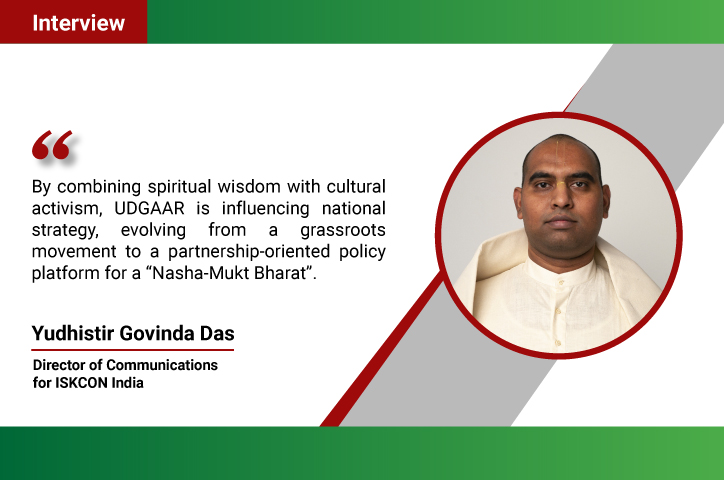

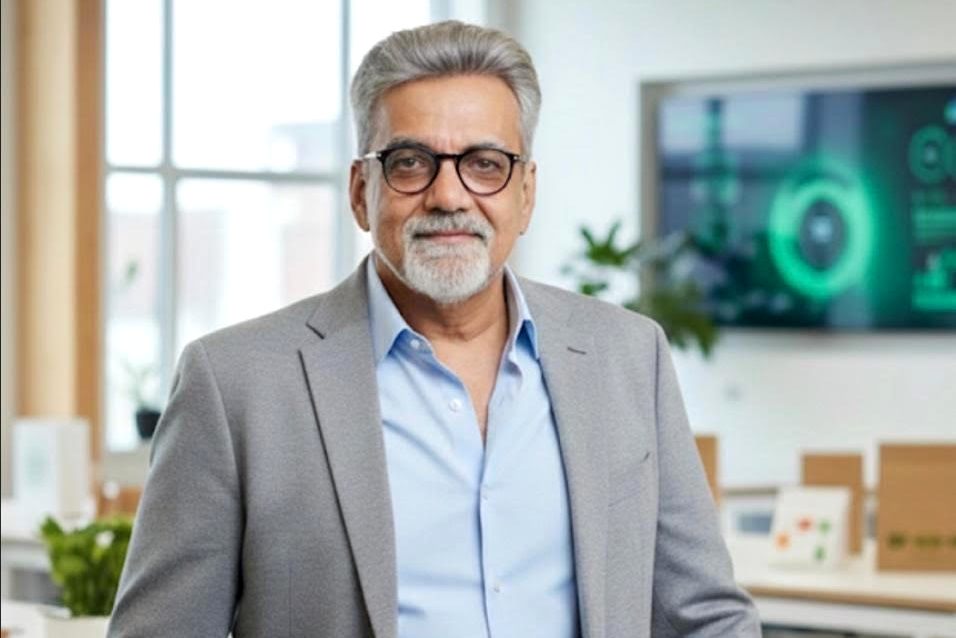

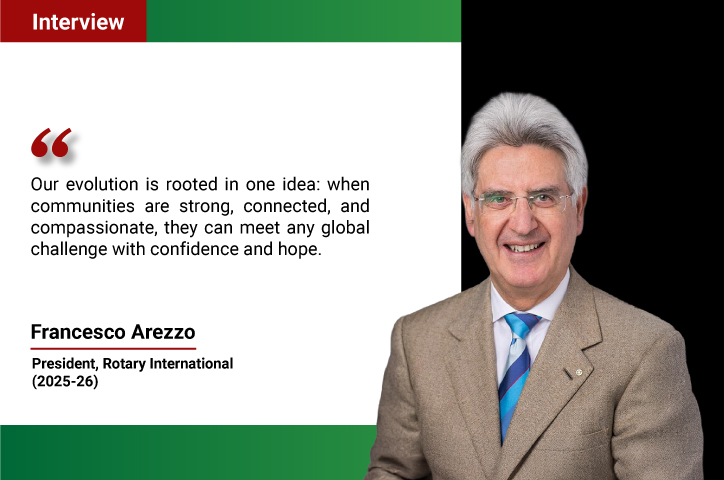
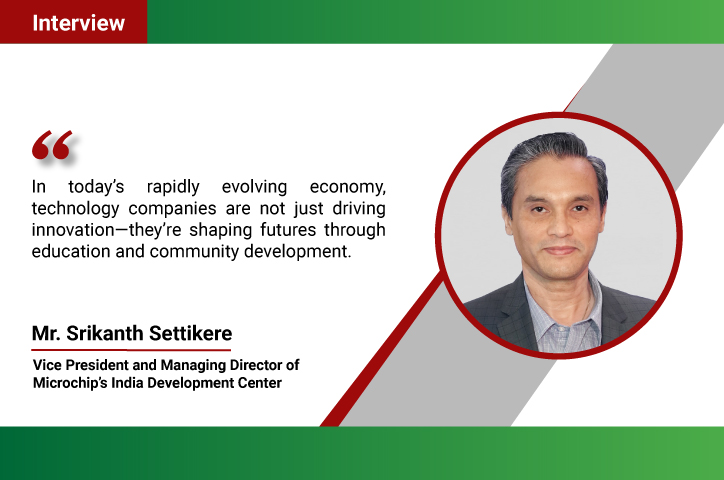
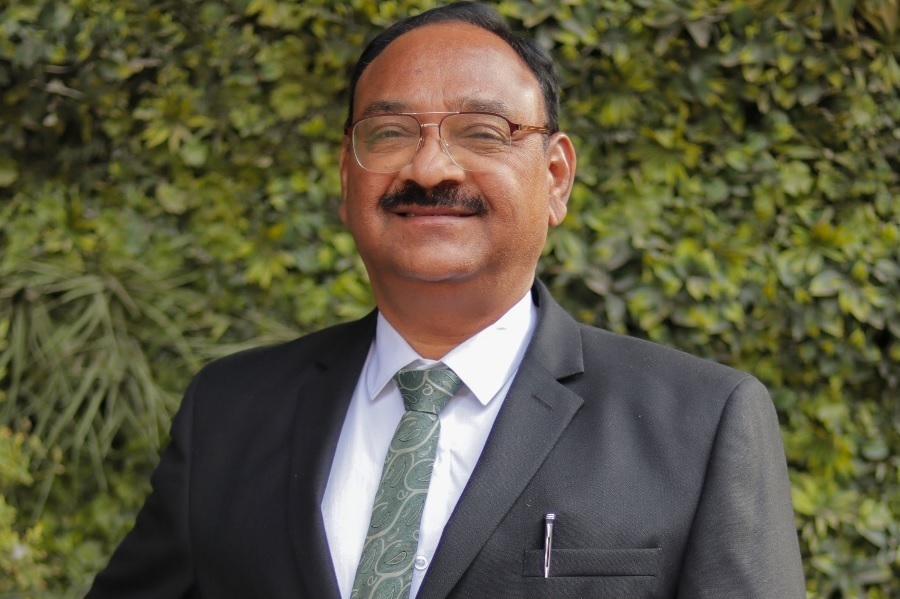
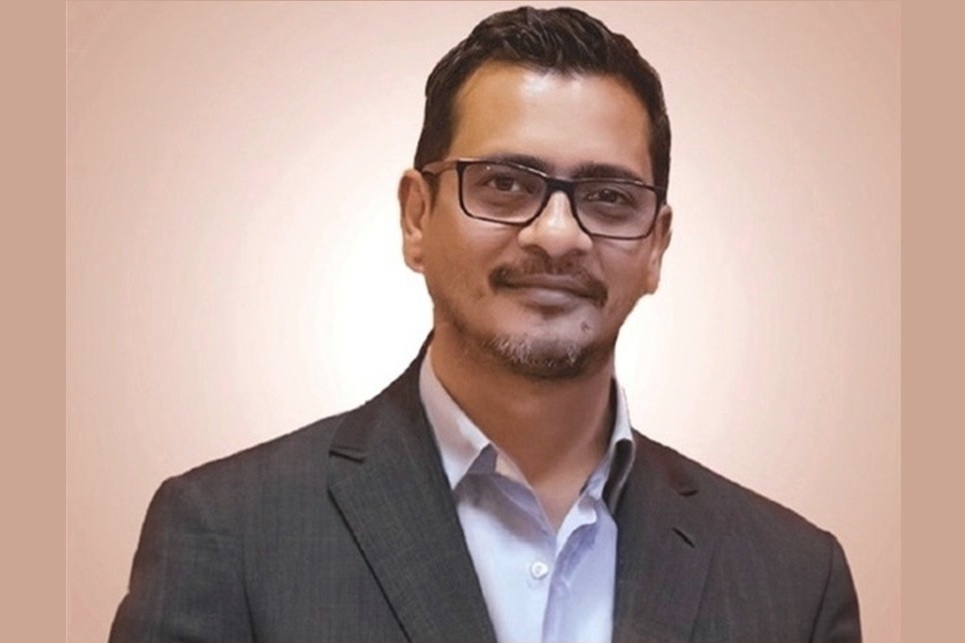


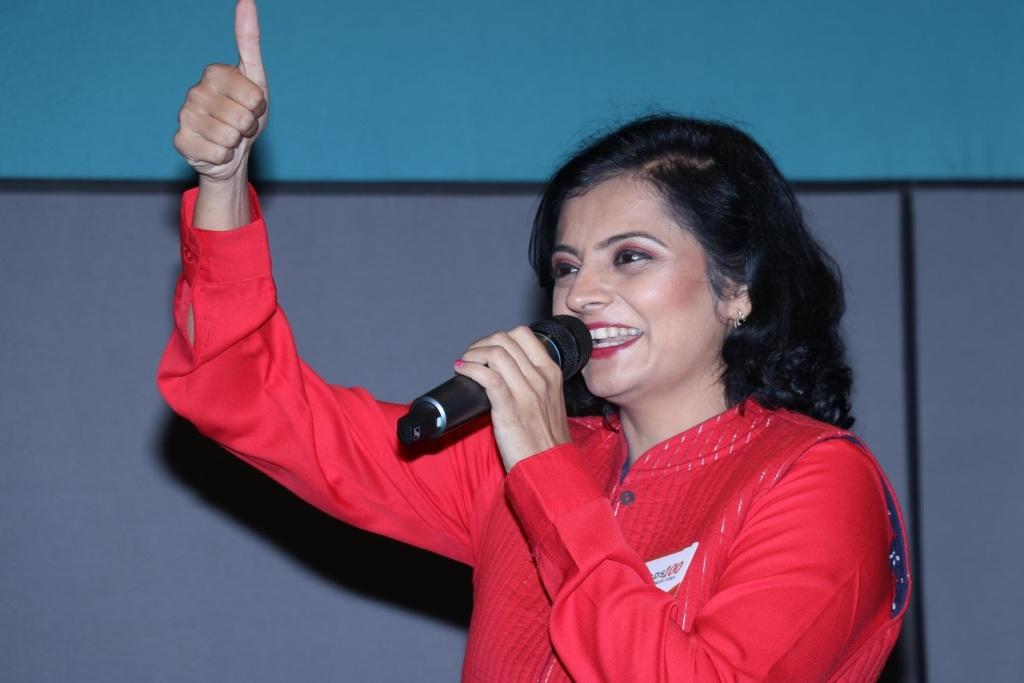
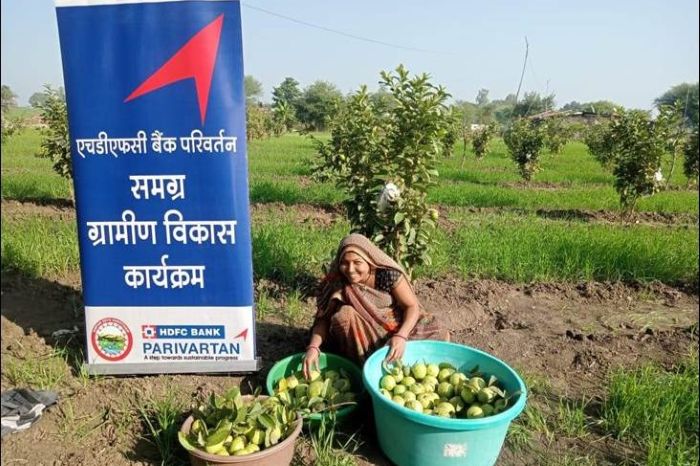
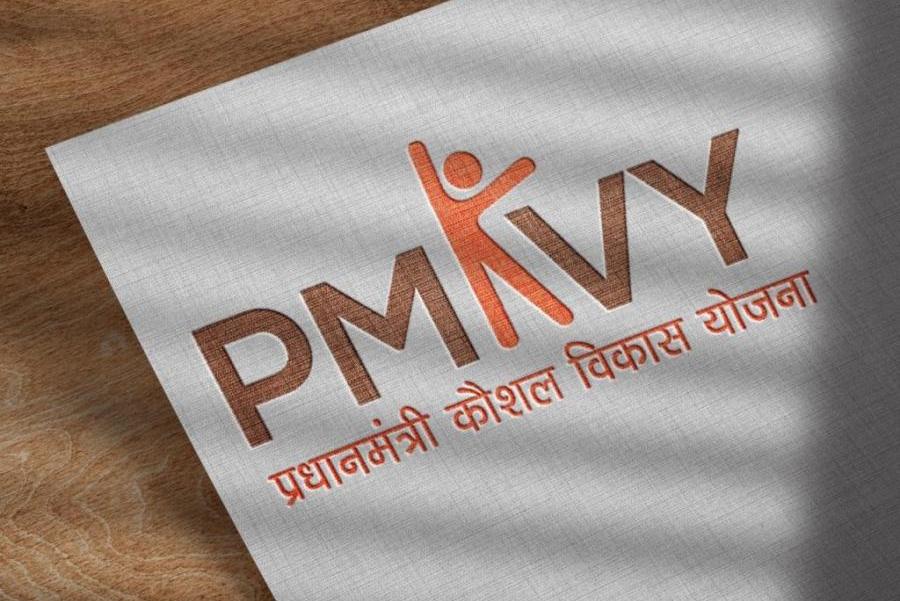

.jpg)




